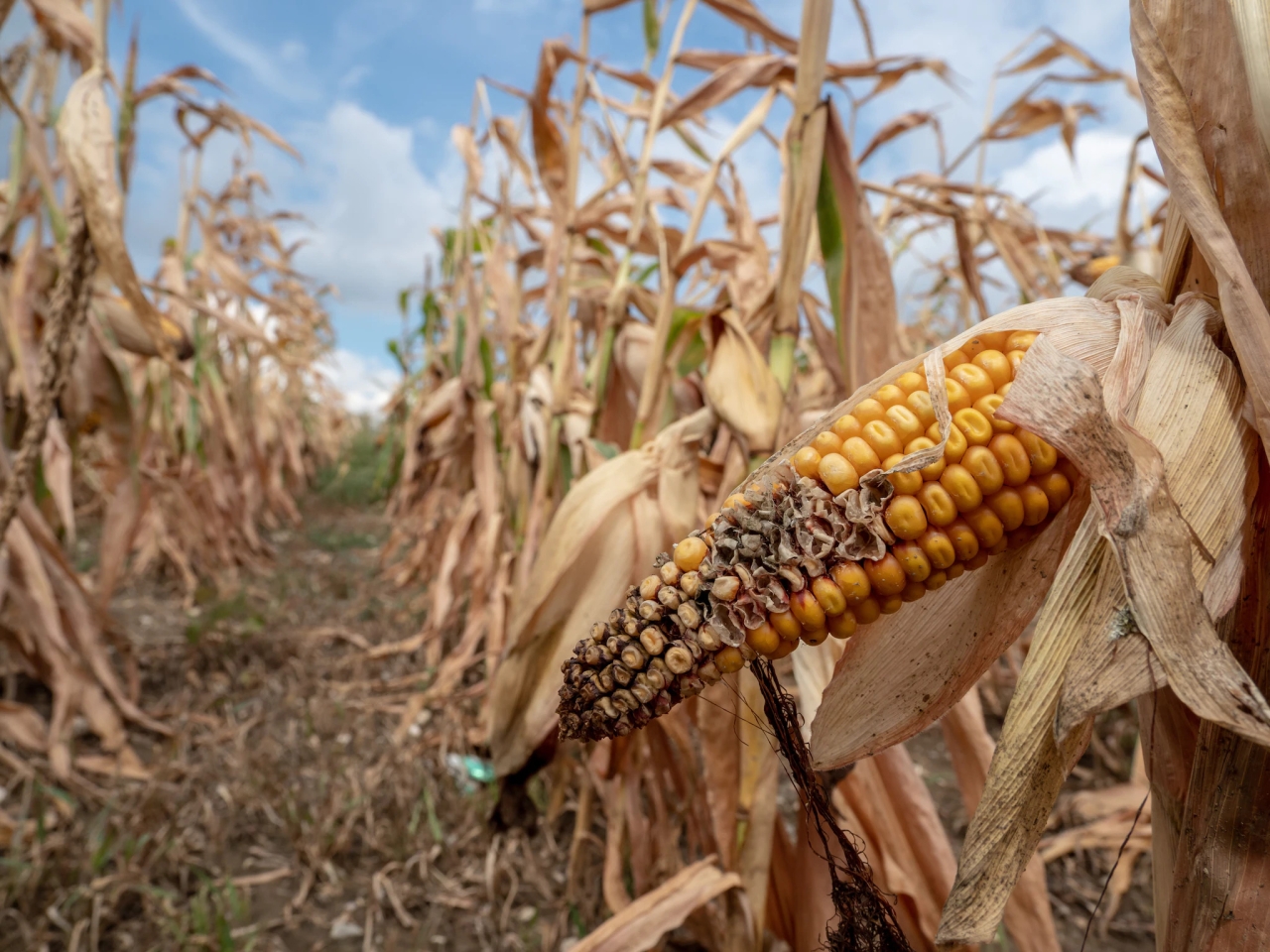The World Food Programme (WFP) has released its State of School Feeding Worldwide 2024 report, highlighting Lesotho as a case study for deepening its multisectoral commitment to home-grown school feeding through an updated policy framework.
According to the report, Lesotho strengthened its dedication to school meals in 2023 by reviewing the National School Feeding Policy to enhance collaboration across sectors and prioritise home-grown approaches.
The revised policy was approved in 2024, building on the country’s first policy issued in 2014.
“It reflects a vision of a sustainable programme that ensures nutritious daily meals to learners using locally sourced food, implemented entirely by national actors,” the report states.
A key feature of the policy is its focus on creating stable markets for local farmers and stimulating rural economies.
The report states that by positioning school meals as a driver of development and human capital, Lesotho demonstrates how coordinated policy, local food systems and advocacy can catalyse transformative change.
Implementation challenges
However, in an interview with Newsday this week, Chief Education Officer for Primary Education, Thuto Ntšekhe, said the home-grown school feeding initiative still faces major hurdles, particularly in Lesotho’s mountainous and hard-to-reach areas.
Ntšekhe explained that, under the ministry’s guiding menu, schools are expected to serve fresh vegetables and eggs. “It is a problem to get them for remote primary schools,” Ntšekhe said, noting that eggs often arrive cracked and vegetables perished due to the long distances and transport challenges.
To address this, she called for stronger support for smallholder farmers from stakeholder ministries such as Agriculture, Food Security and Marketing.
“If local communities can come together and produce these products next to the schools, they will also boost their economy. As the ministry, we are ready with the menu, and it can be adjusted to go hand in hand with their production, but they have to be consistent,” she said.
Ntšekhe stressed that the school feeding programme provides a reliable and guaranteed market: “We just want someone who will be reliable, provide quality products consistently.”
Scale of the programme
Currently, more than 282,000 children in public reception and primary schools benefit from school meals, along with an additional 50,000 children in early childhood care and development (ECCD) centres.
Children in ECCD centres receive two meals a day, breakfast and lunch, while primary school learners are given lunch only. Vulnerable schools receive breakfast as well, and before long-term school closures, such as the winter break, the most vulnerable children are given food packages from stock that cannot be stored until schools reopen.
She added that while USAID previously supported 36,000 children, the agency has since cut its funding. “The impact is that there is no money coming from USAID, but currently the children are still taken care of because the food was already there when the funding was cut,” Ntšekhe said.
The Ministry of Finance is now assisting to keep the programme running, including paying cooks. Catholic Relief Services (CRS), which had been the implementing partner of the home-grown school feeding pilot in Semonkong, Thaba-Tseka and Mokhotlong, has withdrawn.
“With CRS no longer in the field, we will not be able to learn to the fullest how best to take over and implement the initiative nationwide,” Ntšekhe explained. “But we are going to have a meeting where they will hand over to us and discuss how best we can move forward.”
Global picture
Globally, the WFP report shows that nearly 80 million more children are now receiving school meals through government-led programmes than in 2020, a 20 percent increase that brings the total to at least 466 million children.
Progress is most notable in low-income countries, where the number of children receiving meals has grown by 60 percent in just two years. Africa is leading the surge, with an additional 20 million children now fed through national programmes, including in Kenya, Madagascar, Ethiopia and Rwanda.
“School meals are so much more than just a plate of nutritious food,” said WFP Executive Director Cindy McCain. “For the vulnerable children who receive them, they are a pathway out of poverty and into a new world of learning and opportunity. Governments, especially in low- and middle-income countries, are showing real leadership by prioritising school meal programmes. They are one of the smartest, most cost-effective investments a nation can make.”
The report also finds that global funding for school meals has more than doubled, rising from US$43 billion in 2020 to US$84 billion in 2024, with 99 percent now coming from national budgets. This marks a significant shift away from foreign aid towards domestic financing. Still, funding in low-income countries remains limited compared to the scale of need.
The report is published just ahead of the second School Meals Coalition Global Summit in Brazil on 18–19 September, where global leaders will assess progress and mobilise further action.
Summary
- As the ministry, we are ready with the menu, and it can be adjusted to go hand in hand with their production, but they have to be consistent,” she said.
- “With CRS no longer in the field, we will not be able to learn to the fullest how best to take over and implement the initiative nationwide,” Ntšekhe explained.
- Globally, the WFP report shows that nearly 80 million more children are now receiving school meals through government-led programmes than in 2020, a 20 percent increase that brings the total to at least 466 million children.

Ntsoaki Motaung is an award-winning health journalist from Lesotho, specializing in community health stories with a focus on sexual and reproductive health and rights, as well as HIV. She has contributed to platforms like “Be in the KNOW,” highlighting issues such as the exclusion of people with disabilities from HIV prevention efforts in Lesotho.
In addition to her journalism, Ntsoaki serves as the Country Coordinator for the Regional Media Action Plan Support Network (REMAPSEN). She is also a 2023 CPHIA Journalism Fellow.








